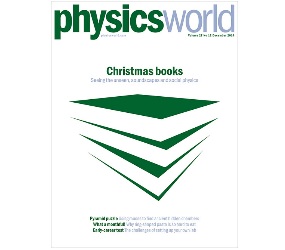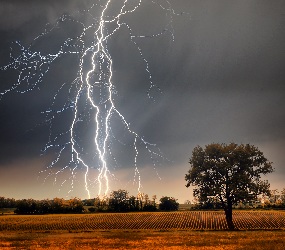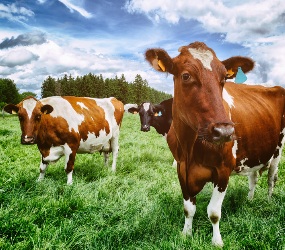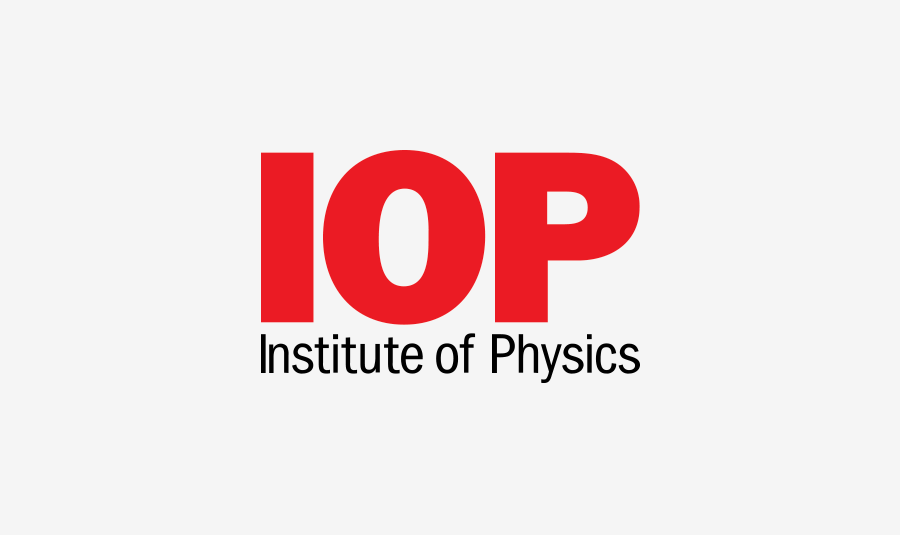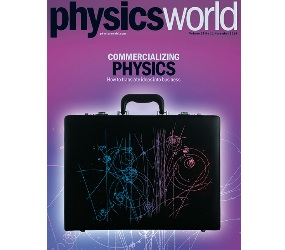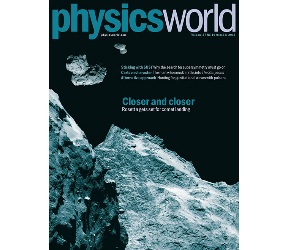News
-

In December's Physics World: Physicists create new kind of pasta to explain mysterious, ring-shaped polymers
Two physicists from the University of Warwick have taken to the kitchen to explain the complexity surrounding what they say is one of the last big mysteries in polymer physics. As a way of demonstrating the complicated shapes that ring-shaped polymers can adopt, the researchers have created a brand new type of ring-shaped pasta, dubbed […]
-

Sun's rotating 'magnet' pulls lightning towards UK
The Sun may be playing a part in the generation of lightning strikes on Earth by temporarily ‘bending’ the Earth’s magnetic field and allowing a shower of energetic particles to enter the upper atmosphere. This is according to researchers at the University of Reading who have found that over a five year period the UK […]
-

Researchers calculate "hidden" emissions in traded meat
An international team of researchers has, for the first time, estimated the amount of methane (CH4) and nitrous oxide (N2O) that countries release into the atmosphere when producing meat from livestock, and assigned the emissions to the countries where the meat is ultimately consumed. They found that embodied, or “hidden”, emissions in beef, chicken and […]
-

Closure of Computational Science & Discovery
IOP Publishing is sorry to announce the closure of the journal Computational Science & Discovery. After a comprehensive internal review of the ongoing viability of the journal, IOP’s editorial management team have taken the difficult decision to close the journal at the end of the 2014 volume year. This means that the journal will no […]
-

In November's Physics World: The "valley of death" facing physics start-ups
In this month’s issue of Physics World, James Dacey explores the ways in which physicists are bridging the “valley of death” to take their innovations from the lab into the commercial market. Dacey argues that the gruelling challenge facing all start-up companies as they move from prototype to product is somewhat harder for physicists because […]
-

Measuring on ice: Researchers create "smart" ice skating blade
An ice skating blade that informs figure skaters of the stresses they are imposing on their joints has been developed by a group of researchers in the US. The small, lightweight device has been built to measure the force that a figure skater exerts on the ice when performing their repertoire of jumps and spins […]
-

Physicists sounds warning to "nail beauty fanatics"
The daily trimming of fingernails and toenails to make them more aesthetically pleasing could be detrimental and potentially lead to serious nail conditions. This is according to researchers at the University of Nottingham who have devised equations to identify the physical laws that govern nail growth, and used them to throw light on the causes […]
-

In October's Physics World: The wake-up call that sent hearts racing
“But as the minutes ticked by, the relaxed attitude of many of us began to dissolve into apprehension. Our levels of adrenaline and worry began to rise." “The room went silent, interspersed with only an occasional murmur, all faces fixed on a noisy, fuzzy line on our computer screens.” For some of the 300 scientists […]
